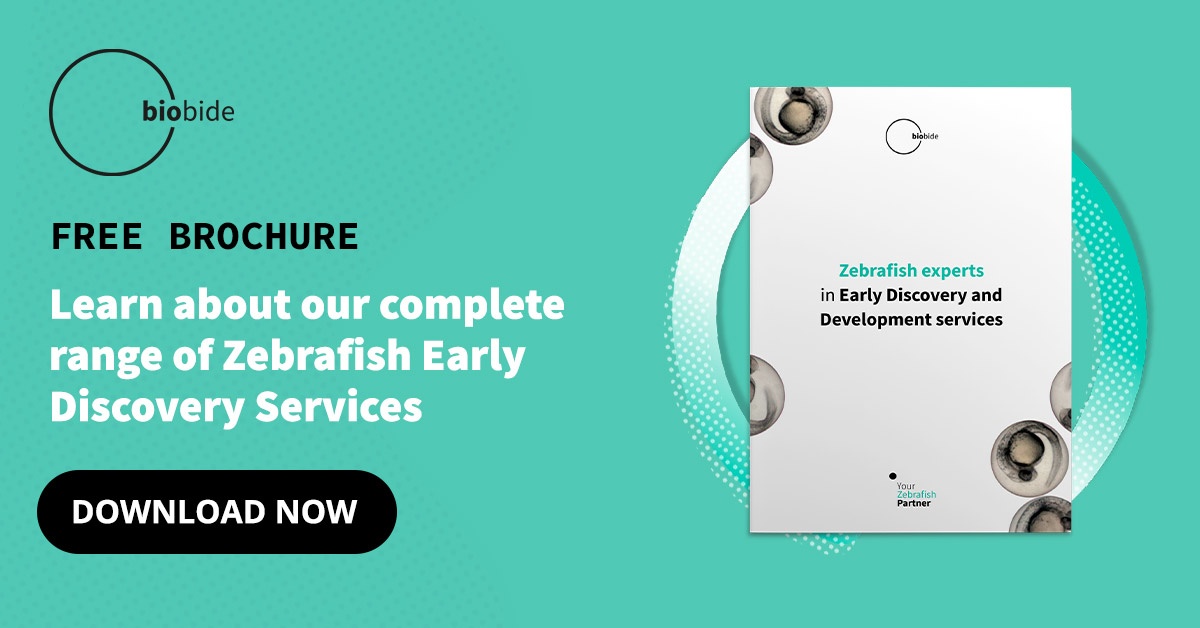The various tests and assays involved in the early stages of Drug Discovery often include phenotypic screening. These well-documented experiments help determine how key features of a newly discovered molecule or chemical compound manifest themselves in a living organism.
Through advanced research methods, scientists and researchers can accurately document how specific genes alter the phenotype of cells.
Modern biomedical science makes use of tools like TALENs or CRISPR in order to alter DNA sequences and observe how different genes express themselves under different genetic conditions. These powerful tools also allow for the manipulation of phenotypes to study specific effects of potential treatments found in new molecules.

What is Phenotypic Screening?
Phenotypes are often the result of a combination between genetics and environmental factors. Screening for phenotypes thus allows for highly specific data depending on the target. Once a new hit has been identified and Drug Discovery begins moving towards preclinical studies, phenotypic screening helps quickly determine if the initial results will lead to any observable changes in a living organism.
Phenotypes: Observable traits including everything from the outward appearance of an organism to its behavior and developmental cycle.
A key difference between phenotypic screening and target-based Drug Discovery is in how phenotypic screening captures the full complexity of the biological system. Rather than starting the process with a hypothesis and working backward to find a possible molecule, phenotypic screening takes a more passive approach to allow for objective observations on how an organism is affected.
Compared to other methods of comparing specific molecules to libraries of potential treatments, the use of animal models and the need to wait for specific traits to develop in living organisms can translate into difficulties for scaling.
While it may be seen as unnecessarily thorough, phenotypic screening with animal models leads to less clinical failures and fewer unexpected negative results in regards to toxicity, safety, and efficacy.
Those same inherent limitations make phenotypic screening a promising candidate for later stages of drug development in preclinical studies where the full effects of treatment need to be understood before clinical trials can begin.
The Different Types of Phenotypic Screening
Broadly speaking, phenotypic screening falls under two main categories:
In Vitro Screening
A simple and easy approach to phenotypic screening that looks at a single parameter in a controlled laboratory environment (e.g. cellular death or protein production). Suitable for high-throughput screening and automated analysis, but the limited context leads to a limited understanding of how the full biological system is affected.
In Vivo Screening
A more complicated approach to phenotypic screening requires animal models and longer periods of time. While large-scale solutions do exist, in vivo options are usually limited to the ethical treatment of the model and how well the animal is adapted to specific tests and assays.
There are other alternatives that sit somewhere in between the most common in vivo and in vitro options, namely in silico options that simulate living organisms. These advanced computer models are very impressive but sometimes lack the ability to account for unexpected results found in nature.
Alternative animal models like Zebrafish help researchers generate highly relevant data and throughput while respecting the laws and best practices surrounding the ethical treatment of animals.
Phenotypic screening using living organisms results in more granular data that is otherwise not achievable with other methods. The complexities of the biological system and unknowable factors found in nature leave any non-living model missing valuable information.
Through the use of alternative models, it’s possible to work with animals to help ensure both the ethical treatment of animal models and relevant research for future human patients.
Advantage of Zebrafish for Phenotypic Screening
Zebrafish sit at the crossroads between the needs of large-scale testing and homologous biological systems for humans. Their natural behavior includes fully developing in under a week, laying hundreds of eggs at once, and maturing with transparent bodies. Zebrafish are also vertebrates that share much of their DNA with humans, including most of their disease gene DNA.
The small fish are easy to maintain and naturally adapted to large-scale testing, especially when compared to mammals like mice or rats.
The four major types of phenotypic screening (morphological, therapeutic, pathway, and behavioral) have also already shown a lot of success with Zebrafish. The small vertebrate fish are already widely used in a variety of assays and provide insights into many biological functions every day, including regeneration and angiogenesis.
Reliable Success with Phenotypic Screening
Modern Drug Discovery has pushed the pharmaceutical industry and biomedical research, in general, to focus more on target-based Drug Discovery. However, that focus on working backward from an established hypothesis has not translated into more new drugs being brought to market.
There have been more small molecules successfully found with phenotypic screening than target-based screening.
Some statistics point to more than half of newly discovered molecules and compounds failing after testing for toxicity, safety, and efficacy. The current race to find more potential hits faster may have a lot of success in the initial stages of Drug Discovery, but there is more and more wasted time building up as harmful effects are found in preclinical studies.
Phenotypic screening offers a reliable solution to building a better understanding of new hits from the first stages of Drug Discovery. Zebrafish work well with that mindset and are ready to help the pharmaceutical industry successfully find new treatments at the earliest stages of Drug Discovery.





